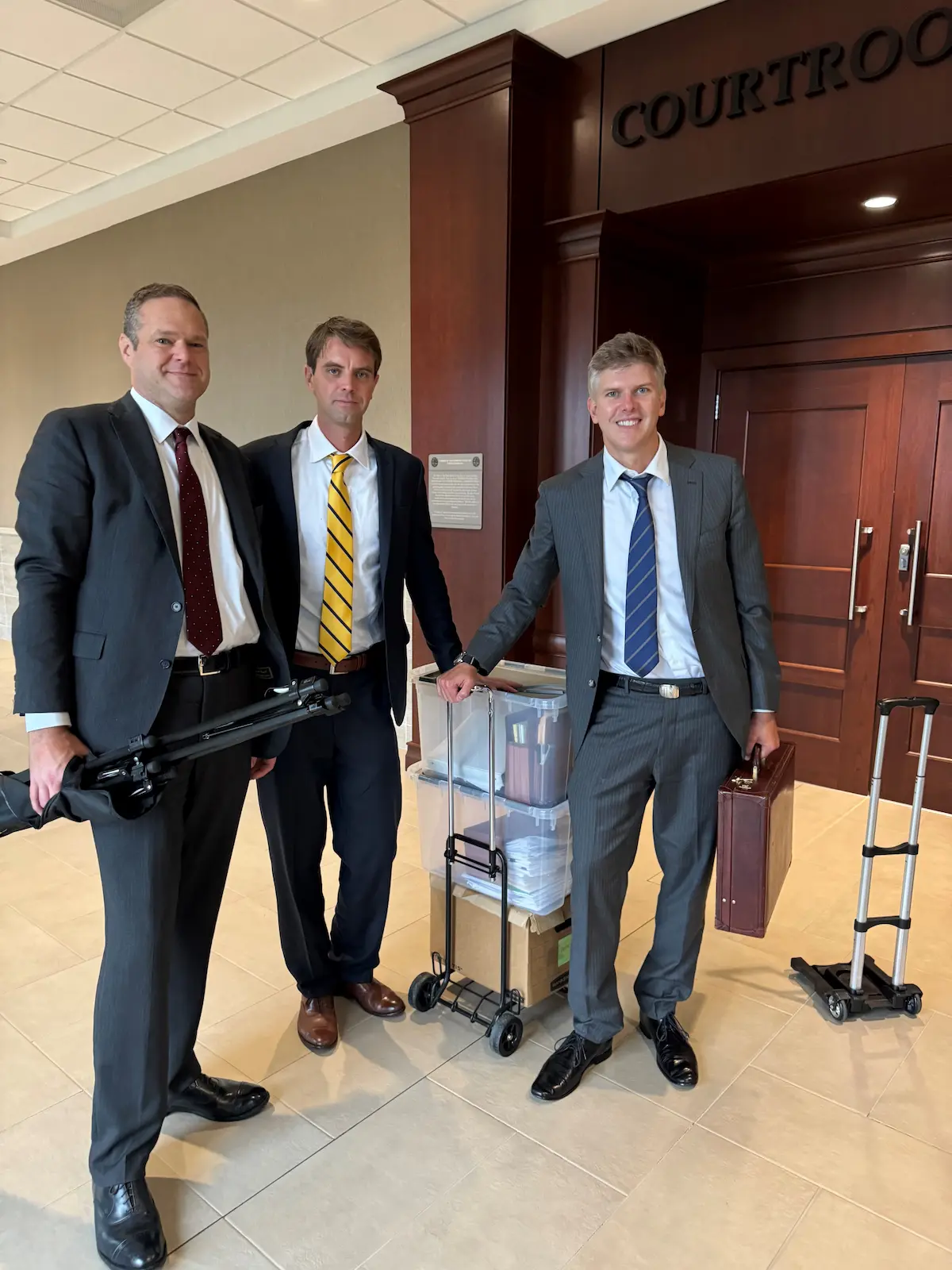 This fall, a four-day medical malpractice trial involving wrongful death allegations against a South Carolina hospital concluded with a settlement at policy limits just moments before closing arguments were set to begin. The insurance carrier’s decision to offer the maximum coverage amount, which aligned with the statutory damages cap for the hospital, brought the proceedings to an unexpected but definitive close.
This fall, a four-day medical malpractice trial involving wrongful death allegations against a South Carolina hospital concluded with a settlement at policy limits just moments before closing arguments were set to begin. The insurance carrier’s decision to offer the maximum coverage amount, which aligned with the statutory damages cap for the hospital, brought the proceedings to an unexpected but definitive close.
The settlement, reached after the presentation of all evidence but before jury deliberations, guaranteed our client’s family the maximum compensation available under law while eliminating any uncertainty in the outcome for both parties. The timing of the resolution, though unusual, demonstrated the impact that a well-presented case can have on risk assessment and settlement dynamics.
The trial emphasized the degree to which hospital care has changed over the course of the last 20-30 years. As late as the 90s, it was common for family physicians to make a stop at the local hospital every morning to check up on and manage the care of any patients of the practice who happened to be admitted to the local hospital. Over the last three decades, hospitals have become considerably larger and more complex, and the days of family physicians coming into the hospital every morning before office hours to round on all of the patients of the practice are largely over. Indeed, it can now take up to 90 days to get an appointment to see many family physicians, and the ability to drop into the hospital every morning is an impossibility. Family physicians in the hospital setting have generally been replaced by hospitalists, internal medicine doctors who manage the course of a patient’s care within a hospital. In other instances, specialists such as orthopedists, cardiologist, or pulmonologists who admit a patient to deal with an issue concerning that doctor’s subspecialty will also take over the day-to-day management of a patients progress during hospitalization.
At our trial this fall, we emphasized that being hospitalized within a major hospital system is the equivalent of visiting a major city in a foreign country. We suggested that jurors think of being admitted into a modern hospital as the equivalent of being dropped in the city center of Tokyo.
Like Tokyo, a hospital is bustling with individuals who are busy carrying out their individual and important tasks in the same way that doctors, respiratory therapists, laboratory technicians, radiology technicians and the large variety of different specialists are busy carrying out their important duties in different divisions of a hospital. Everyone speaks and writes in a language that is foreign – in a hospital it is the language of science and of medicine. Indeed, it is not uncommon for the medical chart associated with a one week hospital stay to be in the neighborhood of 2000 to 4000 pages, most of it completely indecipherable to people without extensive medical training.
In a complex system like this, everyone needs a guide. When being admitted into the modern hospital system patients are assigned an attending physician whose job is to shepherd them through the complex and busy hospital system. The admitting physician is there to guide his or her patients safely through the process so that they can make it through the system and ultimately return home. There is nothing more terrifying than being adrift in this system without a guide.
Should you or a loved one find yourself hospitalized, maintaining daily communication with that admitting physician is key. If you are attending to a loved one, find out what time the admitting physician rounds, so that you can be a second set of ears for the daily update. Take note, and never be afraid to ask questions. No question is a bad question in the hospital setting. Lastly, if someone along the long line of medical professionals who will be attending you makes an error that is costly or harmful, do not be afraid to seek the help you need from an experienced medical malpractice attorney.